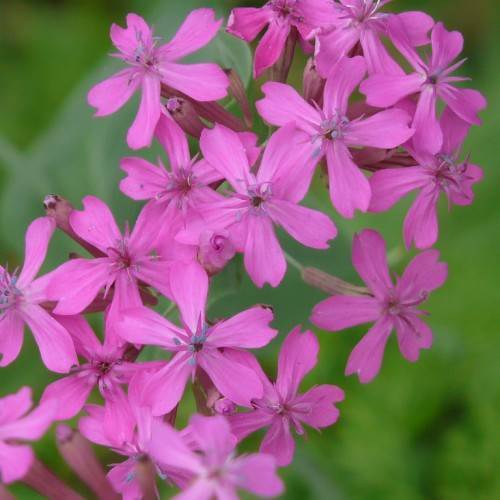
Sweet William Catchfly
Atocion armeria
Watering:
Average
Hardiness Zone:
Sun:
Partial Shade, Shade
Soil:
Humus Enriched
Leaf:
Yes
Growth Rate:
Low
Care Level:
Medium
watering
Northwestern Ladyfern plants should be watered thoroughly and deeply about once every week in the growing months from spring through fall. During the hotter months of summer, it is best to water your Northwestern Ladyfern more often, about every 5 days, and to water until the soil is lightly moist, not soggy. During the winter months, water less frequently, typically about every other week, or even less often as needed.
sunlight
The plants should be kept in a spot where they receive at least 4 to 6 hours of morning/early afternoon sunlight. Direct sunlight should be avoided during the hottest summer months. Exposure to too much direct sun can cause sun scorching, wilting, lack of foliage and other unwanted effects. Northwestern Ladyferns should be placed away from windows when temperatures may rise substantially and where the plants can remain somewhat shaded. In addition, protection from strong winds should be provided when temperatures drop below 32 degrees Fahrenheit.
pruning
Pruning Northwestern Ladyfern (Athyrium filix-femina var. cyclosorum) should be done in the late fall or early winter, when the plant has gone dormant. To promote a healthy, vigorous growth habit, remove any diseased or dead fronds from the plant as soon as possible. You should also make sure to remove any fronds that are crossing or growing inward. For a more dense and bushier appearance, trim the fronds back by about 1-third. This will encourage new growth in the spring and keep the fern looking neat and attractive.
